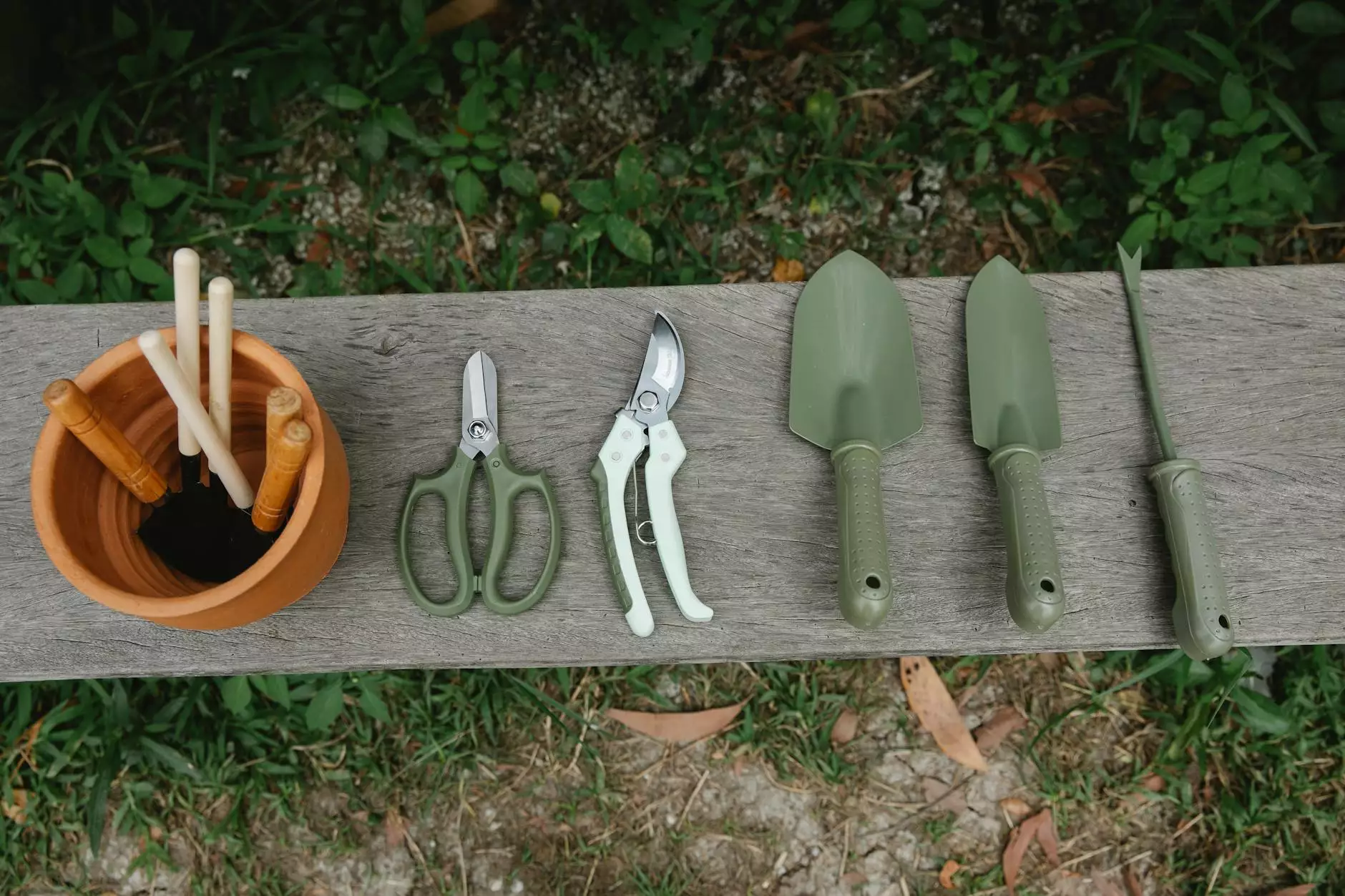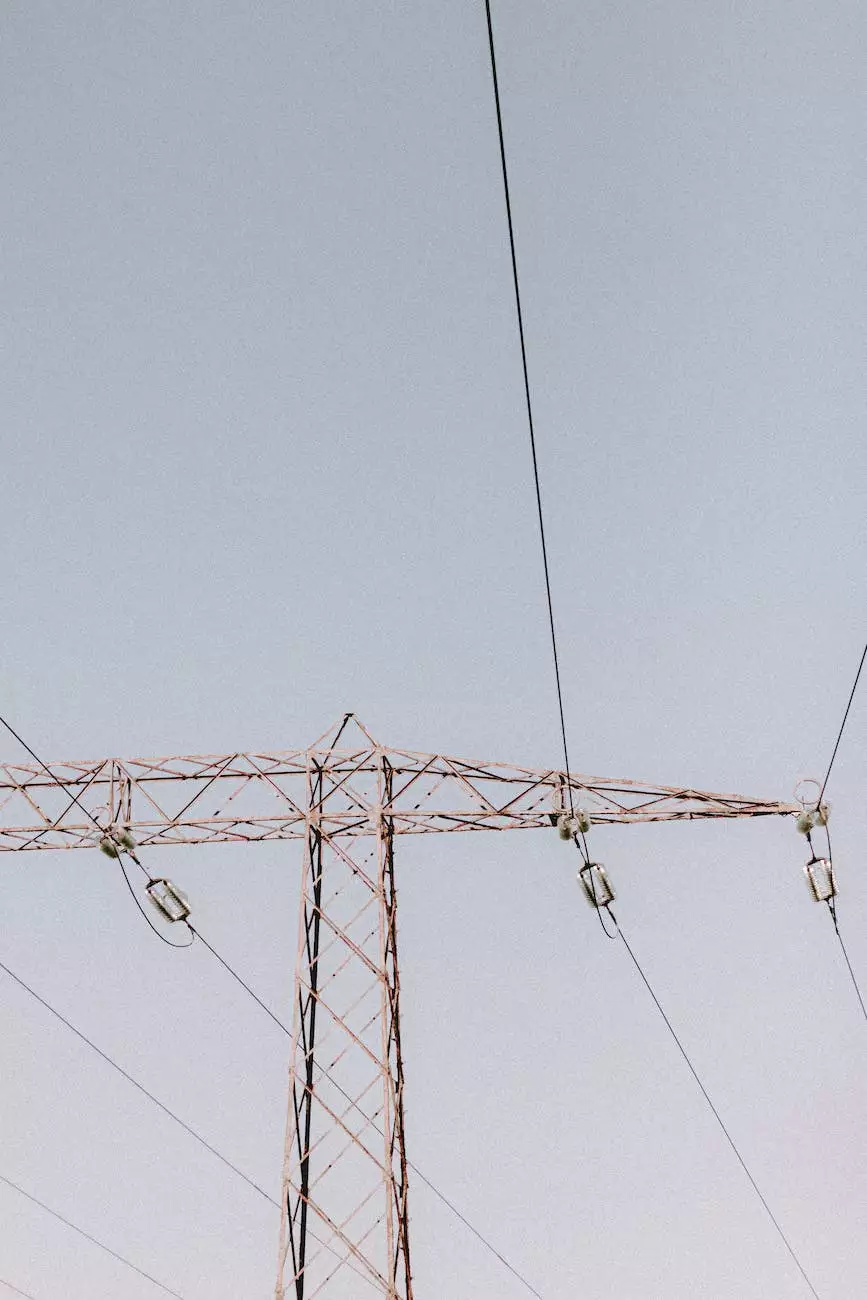Do I need to brush sand into artificial grass?
Artificial Grass
When it comes to installing artificial grass, one question that often comes up is whether it is necessary to brush sand into the turf. This is an important aspect to consider for anyone looking to achieve optimal performance and longevity from their artificial grass installation.
The Benefits of Brushing Sand into Artificial Grass
Brushing sand into artificial grass offers various benefits that contribute to the overall quality and durability of the installation. Here are some key advantages:
- Enhanced Stability: Brushing sand into the artificial grass helps stabilize the turf, preventing it from shifting or moving during regular use. This is particularly important for areas with heavy foot traffic or outdoor installations exposed to windy conditions.
- Improved Drainage: Sand acts as a drainage layer that helps water to pass through the turf efficiently. By brushing sand into the synthetic fibers, you promote proper water drainage, preventing puddles and moisture accumulation on the surface.
- Reduced Wear and Tear: Sand brushing helps to evenly distribute the weight and pressure applied to the artificial grass. This helps prevent localized wear and tear, ensuring that the turf maintains its original appearance and structural integrity for a longer time.
- Enhanced Aesthetics: By brushing sand into the grass fibers, you assist in maintaining a natural-looking appearance. This process helps the individual blades of grass stand upright, giving the synthetic turf a fuller, more vibrant appearance that resembles a real grass lawn.
The Correct Process of Brushing Sand into Artificial Grass
To ensure a successful sand brushing process, follow these steps:
- Choose the Right Type of Sand: It is crucial to select the appropriate sand type for your artificial grass installation. Silica sand is the most commonly used option, as it offers excellent drainage and stability while being non-toxic and safe for pets and children.
- Prepare the Artificial Grass Surface: Before brushing sand, make sure the synthetic grass area is clean and free from debris. Remove any loose particles, leaves, or dirt using a stiff brush or leaf blower.
- Distribute the Sand Evenly: Start by spreading a layer of sand across the entire artificial grass surface. Use a stiff brush or broom to evenly distribute the sand, ensuring that it penetrates the grass fibers down to the backing. Pay extra attention to any areas that may require additional stability or have a particular vulnerability to wear and tear.
- Brush the Sand into the Turf: Using a power brush or a large brush with stiff bristles, work the sand into the grass fibers. Brush against the direction of the fibers to ensure the sand reaches deep within the turf. Continue brushing until all the sand is spread evenly and is not visible on the surface.
- Infill Depth Check: After brushing the sand, check the infill depth to ensure it meets the manufacturer's recommendations. Adjust the infill as needed to reach the recommended depth.
Final Thoughts
Brushing sand into artificial grass is a critical step in achieving a high-quality and long-lasting installation. By following the correct process and using the appropriate sand type, you can enjoy the benefits of enhanced stability, improved drainage, reduced wear and tear, and a more natural-looking appearance.
At Metate Industrial Supply, we understand the importance of proper artificial grass installation and maintenance. Our experienced team is here to help answer any questions you may have regarding brushing sand into synthetic turf or any other aspect of artificial grass installation. Contact us today for expert guidance and high-quality supplies to ensure a successful project!




